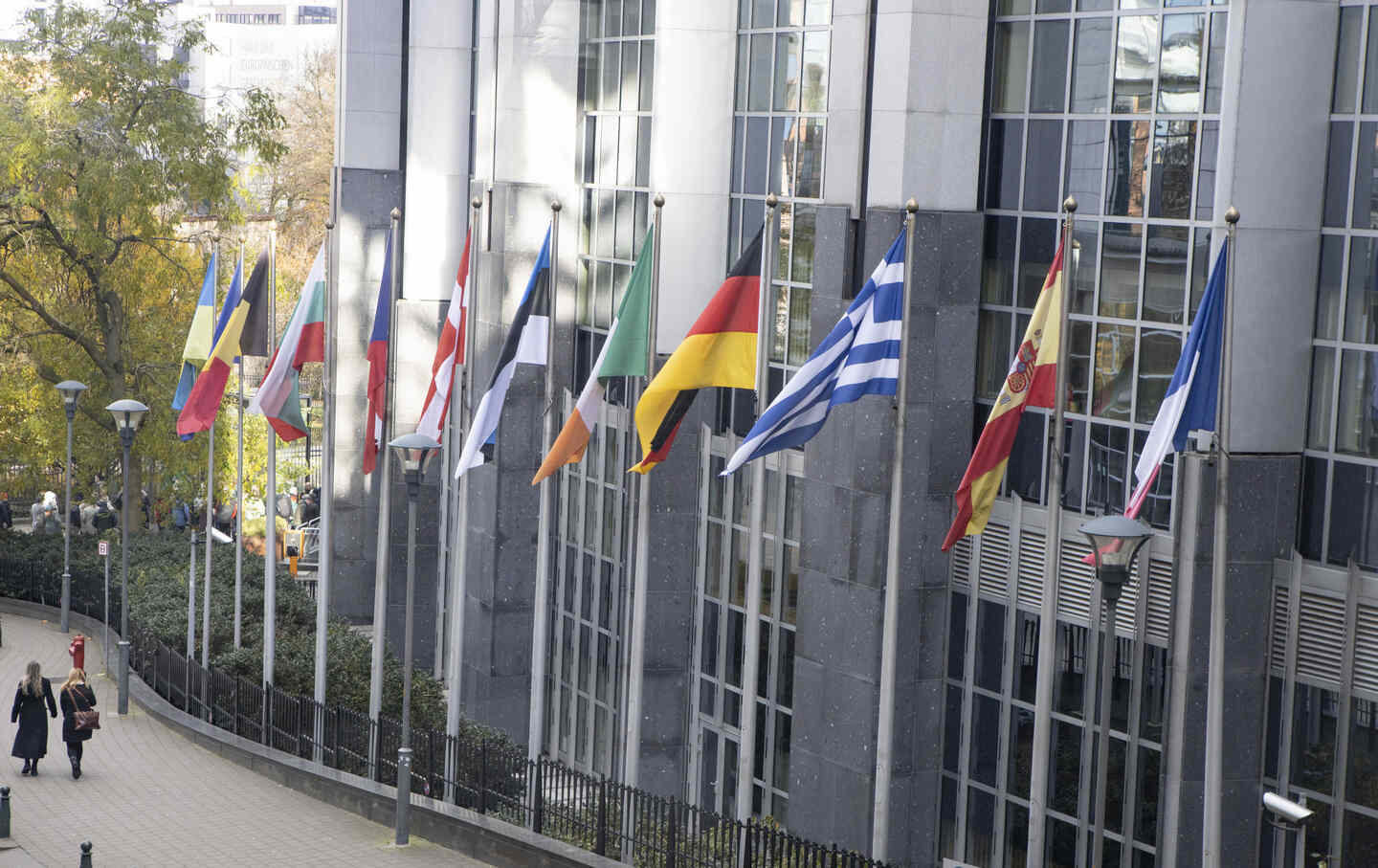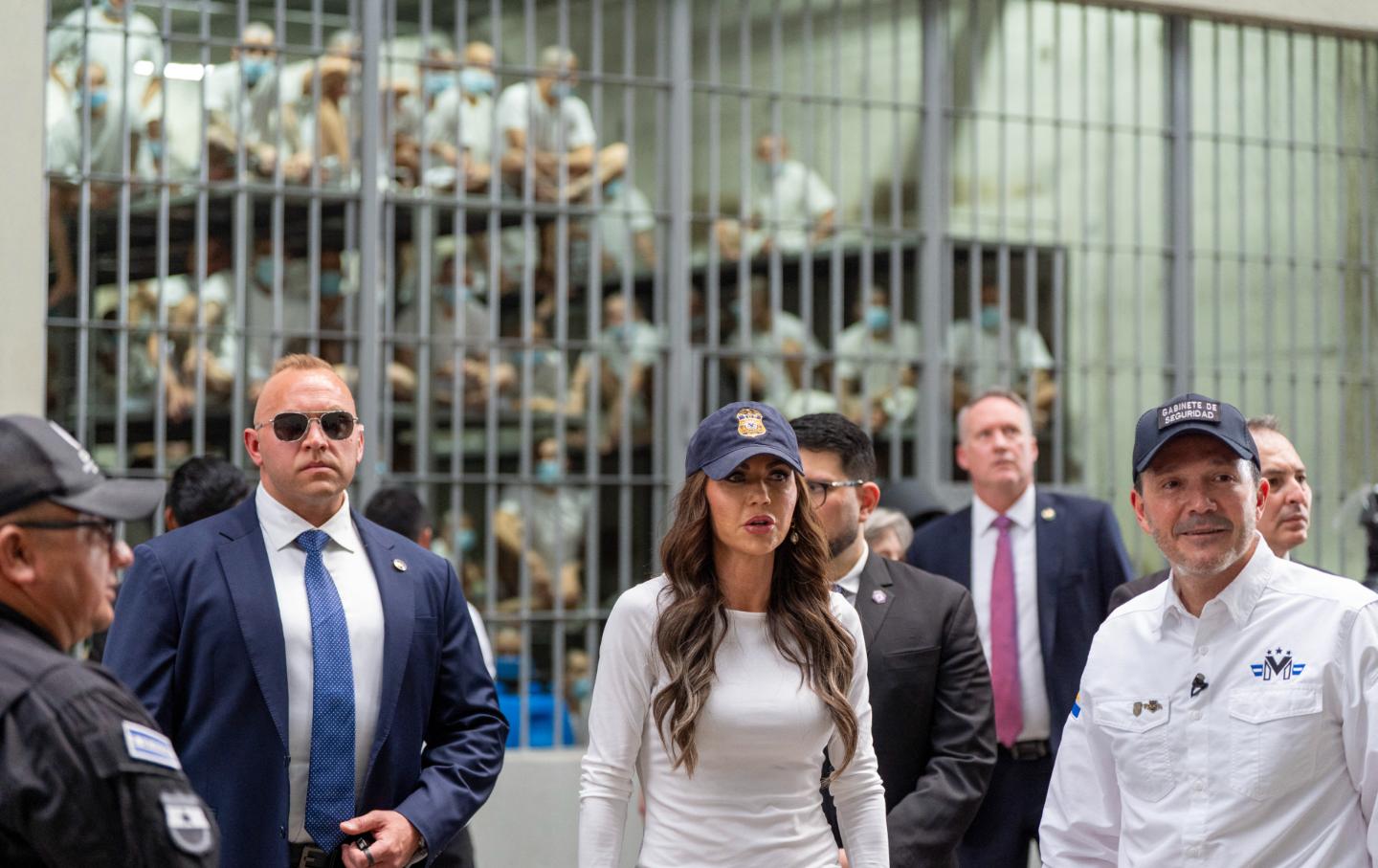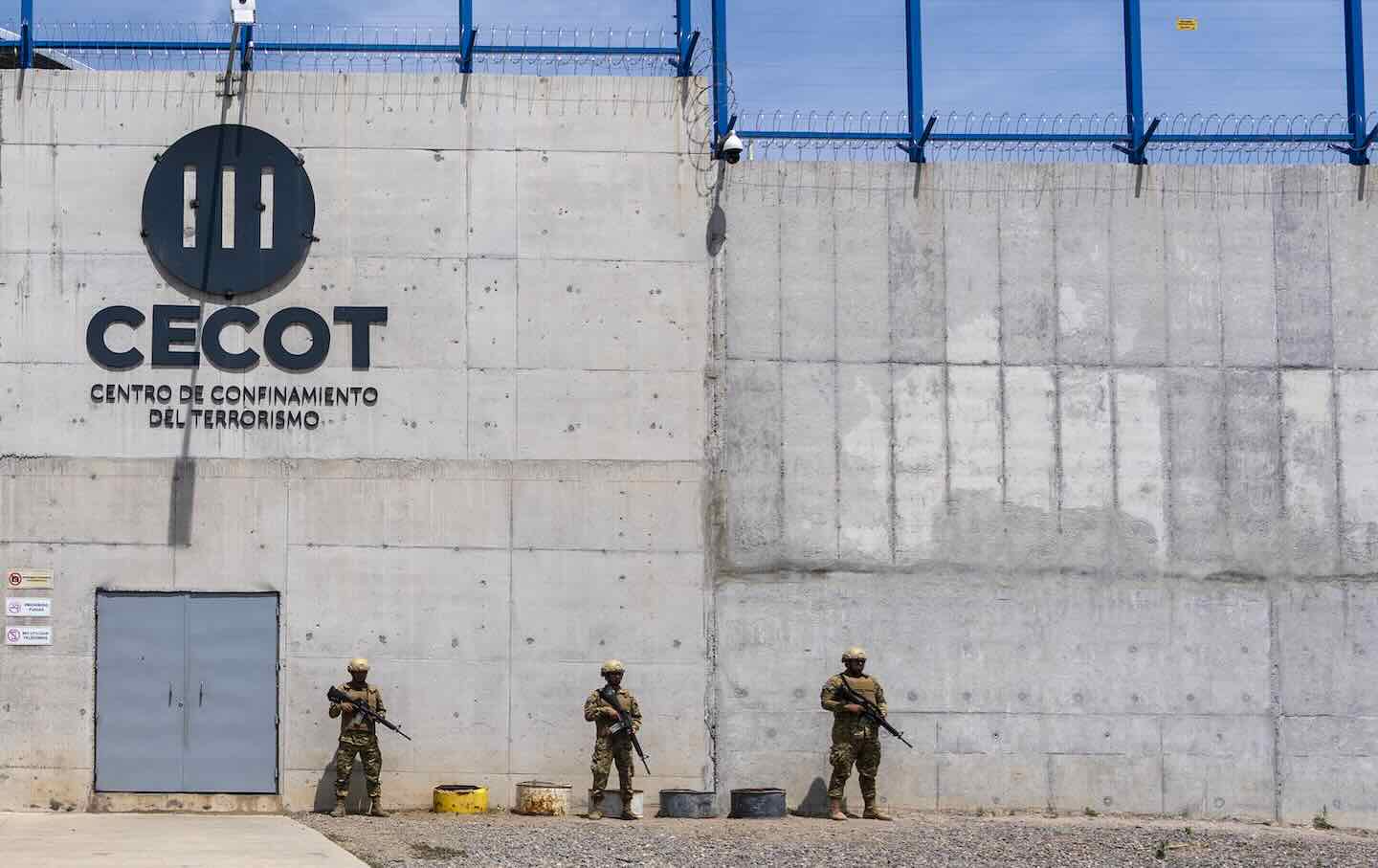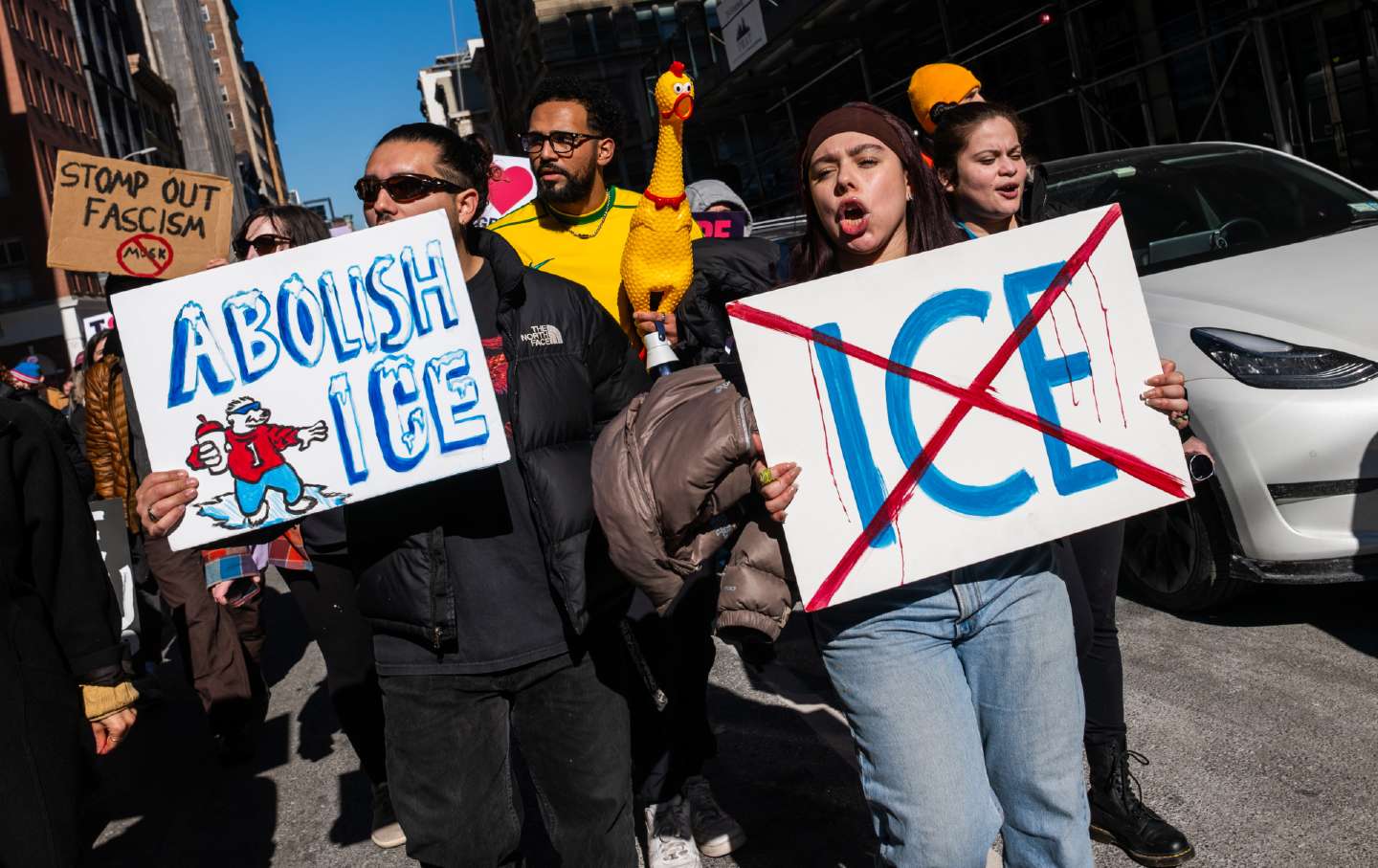Don’t Listen to Eric Adams. Immigrants Make New York City.
New York City needs immigrants, writes the city’s comptroller. Look at the numbers: The city lost more than 400,000 residents between 2020 and 2022.
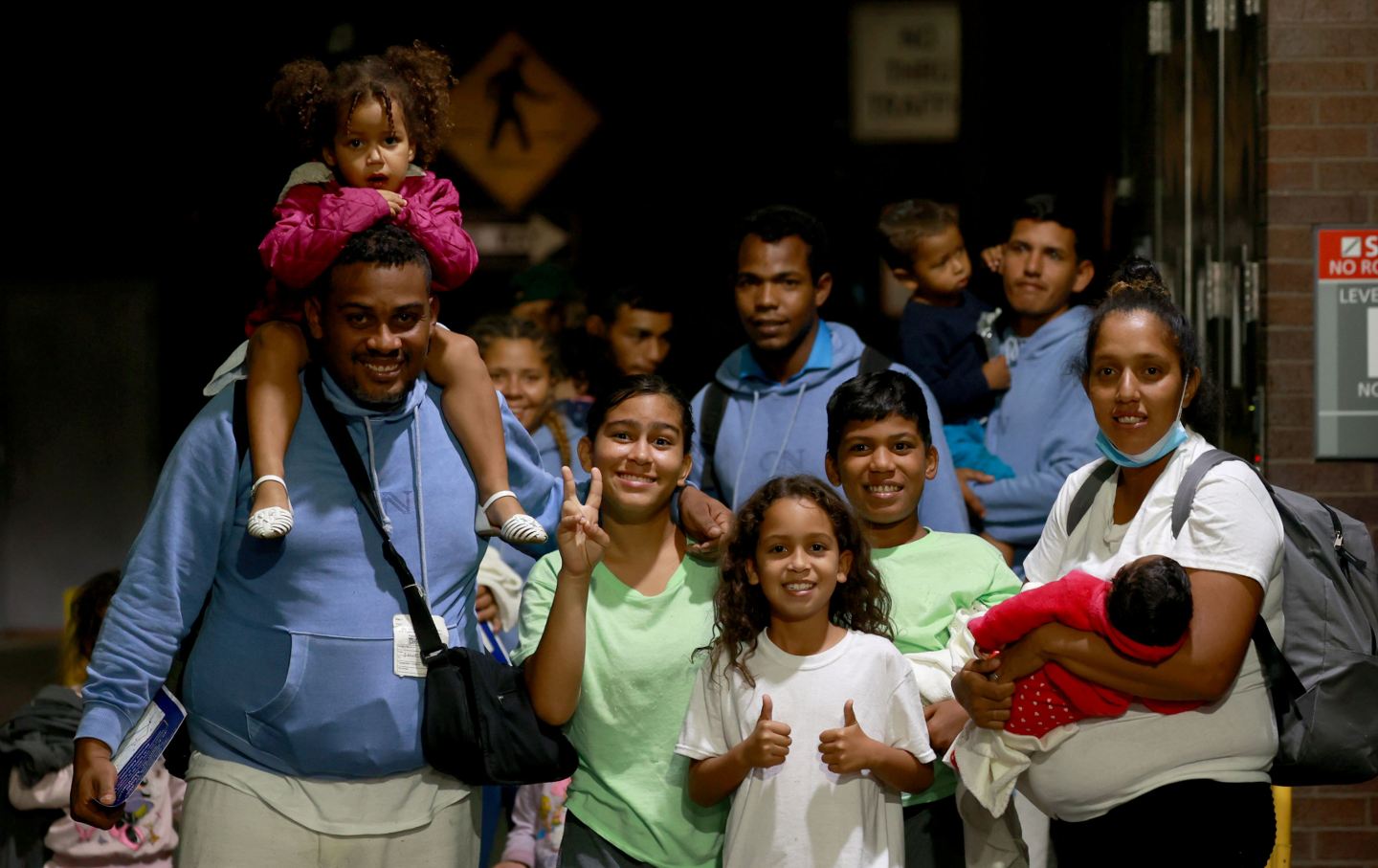
Seven members of the Cumales/Suarez family (kids aged 13, 12, 8, and 3 years, and one a month old) from Venezuela arrive from Texas at New York City’s Port Authority Bus Terminal early Wednesday, September 6, 2023.
(Luiz C. Ribeiro / NY Daily News)Mayor Eric Adams said the quiet part way too loud last week, when he declared that the arrival of migrants “will destroy New York City” and blamed the crisis for a new round of budget cuts that “will hurt” every New Yorker, fanning flames of xenophobia by slashing services and blaming the newcomers.
And Democrats more broadly seem unsure of how to respond to people seeking refuge here, as polls suggest that many voters want them turned away rather than welcomed. A majority of New Yorkers say that migrants settling here over the past 20 years have been a burden rather than a benefit.
But as city comptroller, I look to the data. And the data says that’s just not true. New York City’s history, economy, and even our politics point in the other direction.
During the first decade of the 20th century, Ellis Island processed 5,000 new immigrants each day, far more than the 10,000 a month that have arrived in the city this summer. Those newcomers, and the generations before them, built the Erie Canal, the railroads, the Empire State Building, the garment industry, and the city’s status as a global financial center.
Immigration helped save New York City after the fiscal crisis of the 1970s. When the federal government told NYC to “drop dead,” it was in large part the belief of new waves of immigrants in the future of our city that helped drive a new era of growth and creativity.
Now remember back to the depths of the pandemic when we wondered whether people would want to live, work, ride the subway, or go to a show in the city ever again? Just a few short years later, tens of thousands of people who carried their children through a jungle and walked across a continent to get here are eager to build their lives in NYC.
These families fleeing violence, discrimination, and destitution today will be the next generation to build New York City—and we need them. Again, look at the numbers. We lost more than 400,000 residents from 2020 to 2022. Our schools have lost more than 100,000 students. The pandemic exacerbated a long-standing pattern of middle-class families seeking more space in the suburbs and slowed the international immigration that had balanced it.
New York City’s history shows that immigration doesn’t take jobs or housing away from people who are already here—even if it feels like that to people in anxious times. It drives economic growth that creates more opportunity for all. Newcomers will fill vacant jobs in the hospitality and restaurant industries. Many bring skills we desperately need more of, from electricians to nurses. Some will join the tens of thousands of immigrants already employed as home health aides or childcare workers. Others will open new businesses, helping our city to thrive.
Instead of finger-pointing, we need a recommitment to the vision of our city that our own past shows we can be—and the management to realize it.
To start, all levels of government must work together more effectively to ensure that new arrivals can quickly enter the workforce. While President Joe Biden is limited by a Republican-controlled House—and the GOP has long blocked comprehensive immigration reform because scapegoating is in its political interest—there is still plenty within the White House’s control. Expanding Temporary Protected Status, or even just making ministerial changes to ease the process of applying for asylum and work authorization, like fee waivers or digitizing the process, would make a big difference.
Popular
“swipe left below to view more authors”Swipe →New York State must provide more funding to meet the obligations of the right to shelter and take a stronger hand in coordinating refugee resettlement across the state. Governor Kathy Hochul’s announced plan for the state’s Department of Labor to help connect people with employers once they get work authorization is a good first step.
And notwithstanding the mayor’s rhetoric last week, his administration is actually busy scaling up its work providing the asylum and work-authorization application assistance that my office has been calling for since the spring. The most significant thing the city can do to decrease the length of stay in shelter and save money is to expand that effort to make sure every asylum seeker here gets that assistance by the end of the year.
These steps must go hand in hand with efforts to address quality-of-life, safety, and especially housing affordability for all New Yorkers. Rising to these challenges together can put the lie to the idea that the arrival of newcomers mean working-class New Yorkers will “lose” something, the most dangerous part of the mayor’s rhetoric and policy.
Let’s be clear: Stirring up fears is also a losing effort for Democrats, politically. If voters are persuaded that they want xenophobia, they know which party will deliver it best. Our vision must be grounded in a faith in the future—and in the competent, compassionate government that can deliver it.

